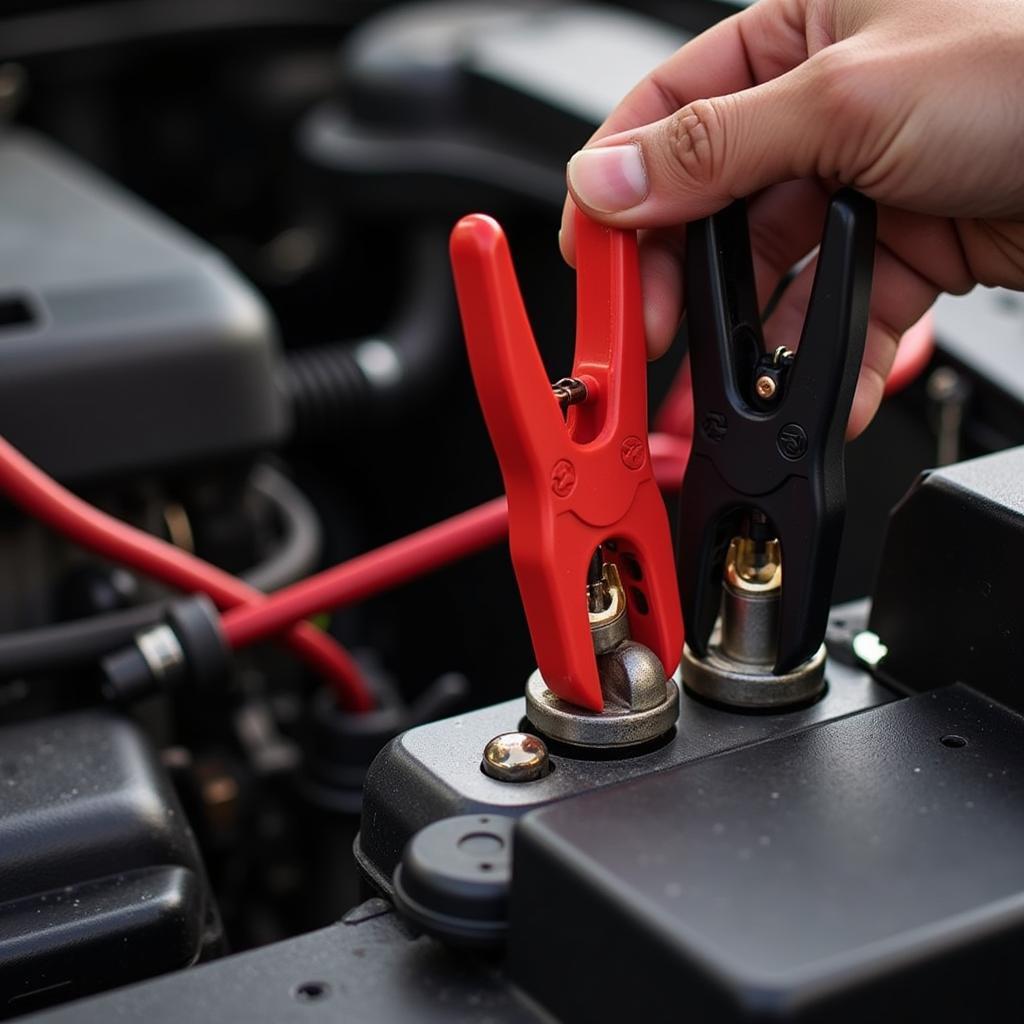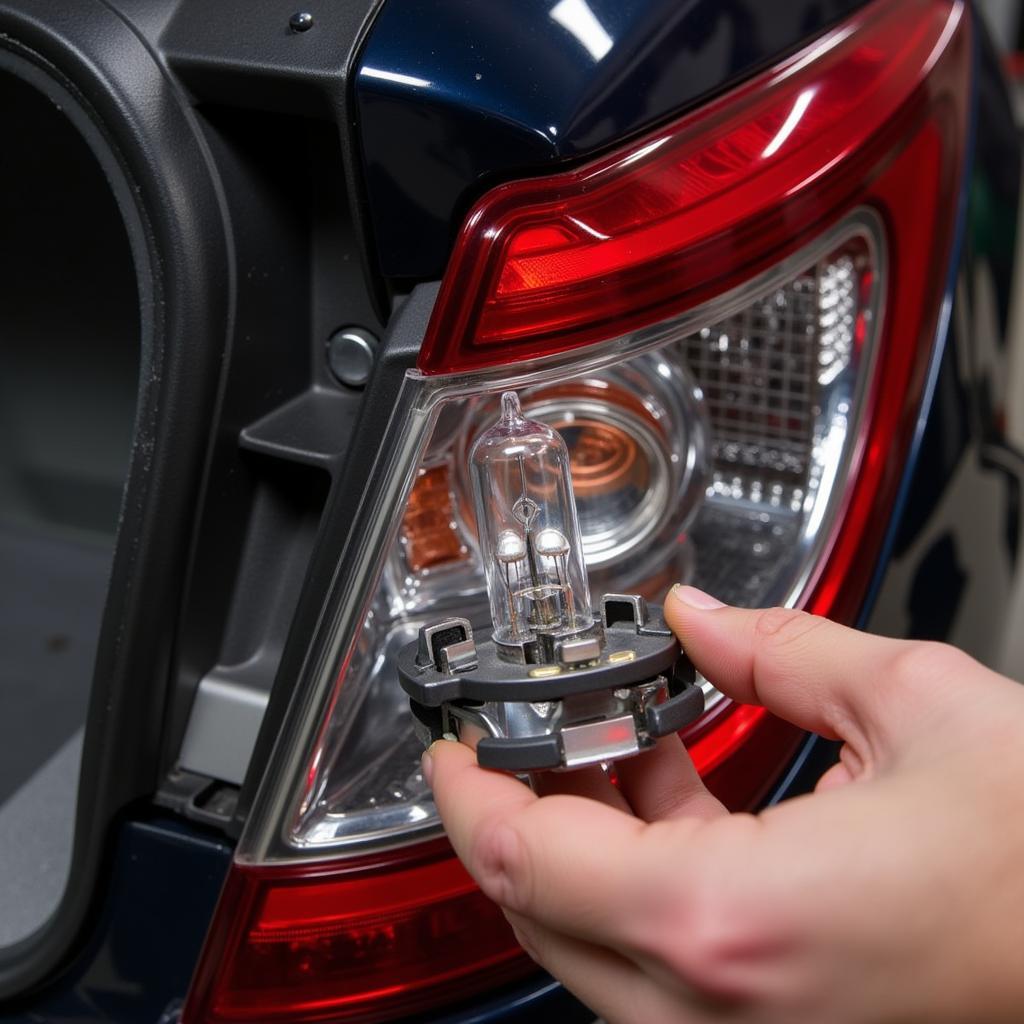A dead car battery can be a frustrating experience. Whether it’s due to leaving your lights on, extreme temperatures, or an aging battery, knowing how to revive your car battery is essential. This guide provides comprehensive steps and expert advice to get you back on the road quickly and safely.
Understanding Why Car Batteries Die
Before diving into reviving car battery techniques, it’s crucial to understand why they die in the first place. Common culprits include leaving lights or accessories on, parasitic drains, extreme temperatures, old age, and corrosion. Identifying the root cause is vital for preventing future occurrences.
Jump-Starting Your Car: A Step-by-Step Guide
Jump-starting is a common method for reviving car battery power. Ensure you have a set of jumper cables and another vehicle or a portable jump starter.
- Safety First: Park both vehicles close, turn off ignitions, and engage parking brakes.
- Connect Red to Red: Attach the red clamp to the positive (+) terminal of your dead battery. Then, connect the other red clamp to the positive (+) terminal of the working battery.
- Connect Black to Ground: Clamp the black cable to the negative (-) terminal of the working battery. Connect the other black clamp to a clean, unpainted metal surface on your car’s engine block, away from the battery.
- Start the Working Vehicle: Let it run for a few minutes to charge the dead battery.
- Start Your Car: Attempt to start your car. If it doesn’t start immediately, let the working vehicle run for a few more minutes.
- Disconnect Cables: Once your car starts, disconnect the cables in reverse order, starting with the black clamps.
 Jump starting a car using jumper cables
Jump starting a car using jumper cables
Reviving a Completely Dead Battery
Sometimes, a jump start isn’t enough. If your battery is completely drained, you might need a battery charger. Learn more about how to handle a completely dead battery in our article on will a battery charger charge a completely dead battery.
Troubleshooting Common Jump-Starting Issues
What if your jumper cables aren’t working? Don’t panic. We’ve compiled a troubleshooting guide to help you diagnose and fix the problem. Check out our helpful resource on jumper cables not starting car.
Using a Battery Tender for Maintenance
A battery tender can be a valuable tool for maintaining a healthy battery, especially during periods of inactivity. Find out more about this in our article on battery tender dead battery.
Preventing Future Battery Problems
- Regularly clean battery terminals and cables to prevent corrosion.
- Test your battery voltage periodically.
- Be mindful of leaving lights and accessories on.
- Address parasitic drains promptly.
- Consider replacing your battery every 3-5 years.
Expert Insights
“Preventing battery issues is often easier than dealing with a dead battery,” says John Miller, Automotive Electrical Engineer. “Regular maintenance and being aware of your vehicle’s electrical system can save you time and money in the long run.”
Another expert, Sarah Lee, Automotive Technician, adds, “Always carry jumper cables in your car. It’s a simple precaution that can be a lifesaver in a dead battery situation.”
Reviving Car Battery: Conclusion
Reviving your car battery can be straightforward if you follow the correct procedures. Whether it’s a simple jump start or using a battery charger, understanding the underlying causes and taking preventative measures will ensure a reliable and smooth driving experience. For a complete guide on how to handle a dead car battery, including methods like jump starting and using a charger, check out reviving a dead car battery. Remember, regular maintenance and being aware of your car’s electrical system can help avoid future battery issues. Having knowledge about finding a draw on a car battery is also valuable.

